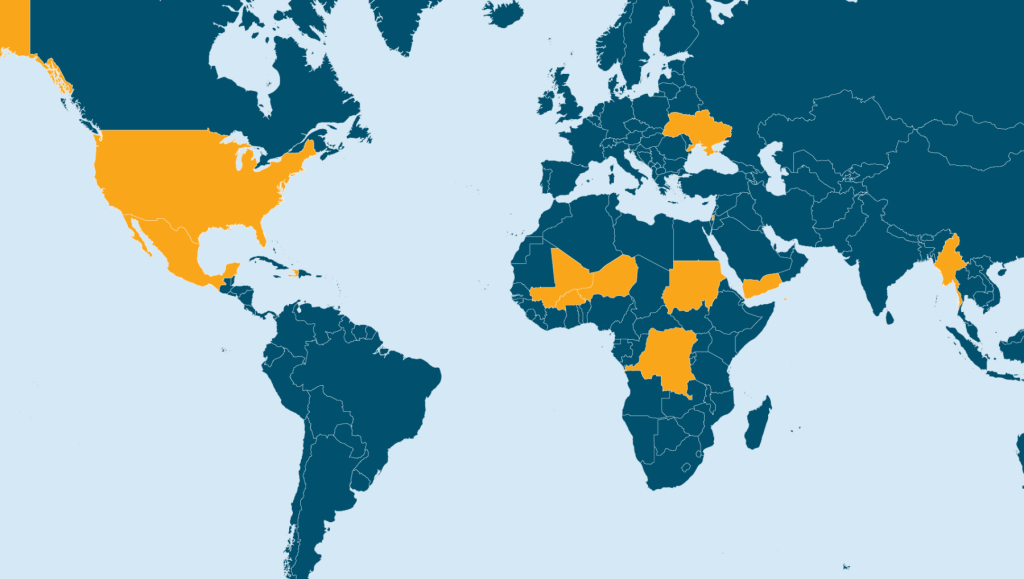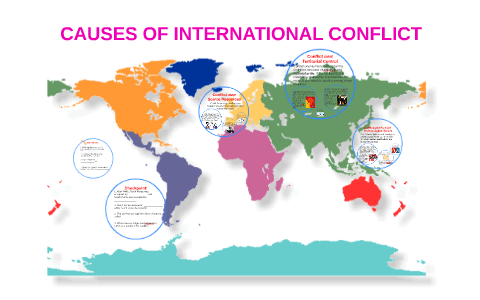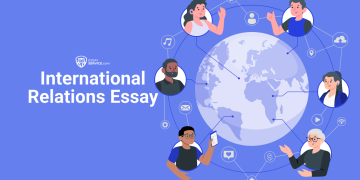Opening Scene: A Morning Interrupted
The day was supposed to be ordinary.
In a small apartment on the outskirts of Kharkiv, 14-year-old Mira was packing her books for school when the first shell landed nearby. The sound was deafening; the glass of her bedroom window shattered, scattering across the floor like frozen rain. Mira’s mother grabbed her by the arm, pulled her under the table, and whispered, “Stay quiet. We will be fine.”
That morning in February 2022 marked the beginning of an ordeal for millions. Mira’s story is not unique. From Ukraine to Sudan, from Gaza to the Sahel, countless families have seen their lives torn apart by conflicts that they did not start, often with little understanding of the geopolitical forces behind the chaos.
This article explores the human cost of international conflicts—not through abstract statistics alone, but through the voices and experiences of those caught in the crossfire.
I. Children in War Zones: Growing Up Too Soon
1. Disrupted Education
War deprives children of classrooms, friends, and the simple rhythms of learning.
In Syria, UNICEF estimates that more than 2.4 million children are out of school due to a decade of conflict. Makeshift schools in refugee camps struggle to provide even basic instruction.
Mira, now living in a basement shelter, keeps a notebook where she writes down English words from a donated radio program. “I don’t want to forget how to learn,” she says.
2. Psychological Scars
The trauma of witnessing violence, displacement, and loss leaves deep psychological wounds.
In a refugee camp in Rohingya, a 9-year-old boy named Khalid refuses to speak after seeing his village burned.
A Syrian teacher who now volunteers in a Turkish border camp recalls:
“They draw pictures of houses on fire, of planes dropping bombs. Many of them have nightmares every night.”
3. Child Soldiers and Lost Innocence
In parts of Central Africa, armed groups continue to recruit children, sometimes as young as 12, coercing them to become fighters, porters, or spies.
Escaping is often as dangerous as staying. Those who manage to flee carry guilt and stigma along with trauma.
II. Women at the Heart of Survival
1. Burden of Displacement
In nearly every conflict, women are disproportionately affected by displacement.
Amina, a 32-year-old mother from Darfur, describes walking for six days with her three children to reach a refugee camp in Chad:
“We left everything—our goats, our fields. My husband stayed behind and I haven’t heard from him in months.”
2. Gender-Based Violence
Conflicts often increase the risk of sexual violence, used as a weapon to terrorize communities.
International courts have recognized such acts as war crimes, yet the stigma and trauma linger for generations.
3. Women as Agents of Peace
Despite immense challenges, women frequently lead grassroots peacebuilding efforts.
In Liberia, women’s peace movements helped end years of civil war. In Colombia, female negotiators played crucial roles in the 2016 peace accord.
III. The Displaced Millions: Refugee Journeys
1. The Long Road to Safety
According to the UNHCR, the world now hosts more than 110 million forcibly displaced people.
Many flee not across oceans but to neighboring countries already struggling with poverty.
In the summer of 2023, Mustafa, a farmer from northern Syria, made the perilous journey with his family to Lebanon. He recounts:
“We were stopped at three checkpoints. At each, we paid or begged. We were hungry and terrified all the way.”
2. Camps and Urban Struggles
While images often show tents and remote camps, most refugees now live in urban centers, where they face new challenges—finding work, education for their children, and navigating host-country laws.
3. The Stateless Generation
For children born in exile, legal limbo can mean no access to schooling, healthcare, or future citizenship.
This silent crisis may shape global demographics and fuel further instability in coming decades.
IV. The Frontline Witnesses: Journalists, Doctors, and Peacekeepers
1. War Correspondents
Journalists risk their lives to bear witness to atrocities.
Photojournalist Hassan Jaber recalls his time in Aleppo:
“I carried my camera like a shield. Sometimes I felt guilty—capturing images instead of helping. But I knew the world needed to see.”
2. Doctors in Conflict Zones
Medical workers face impossible choices, often performing surgeries without adequate supplies or power.
In eastern Ukraine, a young doctor named Oleh treated wounded civilians in a makeshift hospital lit by generator-powered lamps.
“We had to choose who to treat first—the soldier, the child, or the elderly woman. That was the hardest.”
3. Peacekeepers and Their Dilemmas
UN peacekeepers have saved lives but also struggled with limited mandates and accusations of misconduct.
Their presence can deter some violence but cannot replace political solutions.

V. The Invisible Wounds: Trauma and Long-Term Impacts
1. Mental Health Crisis
War trauma manifests not just as PTSD but as long-term depression, substance abuse, and intergenerational cycles of violence.
Yet mental health services are often the least funded in humanitarian aid budgets.
2. Education Interrupted
Lost schooling during formative years creates a “lost generation,” less equipped to rebuild economies or participate in governance after conflict ends.
3. Societal Fragmentation
Conflicts tear apart social fabrics—trust between neighbors, interethnic cooperation, and even basic notions of community identity.
Rebuilding these intangible assets is often harder than rebuilding infrastructure.
VI. Technology, Social Media, and the New Face of War
1. Witnessing in Real Time
Unlike past wars, today’s conflicts unfold on social media. Videos of bombings, refugee treks, and even executions circulate instantly, mobilizing empathy but also spreading propaganda.
2. The Double-Edged Sword
While technology allows for faster humanitarian response and global solidarity, it also enables the weaponization of misinformation and hate speech.
3. Digital Refugee Networks
Some displaced people use smartphones to find safe routes, stay in touch with separated family members, or learn new skills online—showing resilience in the face of adversity.
VII. Glimpses of Hope: Peace Efforts and Resilience
1. Community Reconciliation
Grassroots initiatives—from joint farming cooperatives in post-war Rwanda to youth music programs in Bosnia—illustrate how shared human needs can heal divides.
2. Transitional Justice
Truth and reconciliation commissions, though imperfect, help societies confront past atrocities and build new civic identities.
3. Personal Acts of Courage
Stories like that of Father Emmanuel, who sheltered both Muslim and Christian families in the Central African Republic, show how individual courage can inspire broader reconciliation.
Closing Reflections: Humanity Amid Ruins
In the end, the global discourse on conflict often focuses on leaders, strategies, borders, and treaties, but the real story lies in the lives interrupted, the children forced to grow up too soon, the mothers walking across deserts, the medics performing surgery by candlelight.
As Mira writes in her notebook in a shelter beneath the battered streets of Kharkiv:
“I want to go home. I want to learn math again. I want the world to stop fighting.”
These voices remind us that behind every geopolitical headline lies a human narrative of loss, resilience, and hope.
Acknowledging these stories is not merely about compassion; it is a prerequisite for building a more just and peaceful global order.

















































